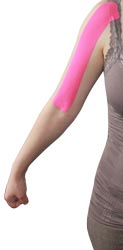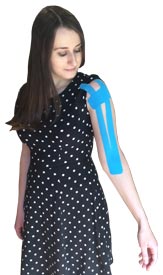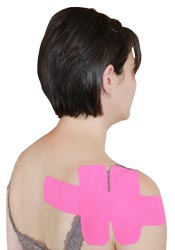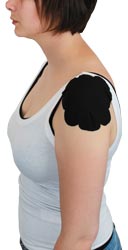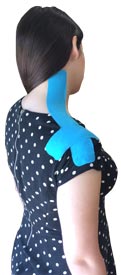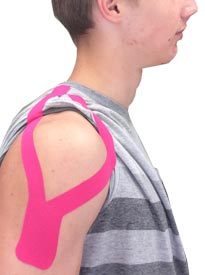Taping the Shoulder
- Bicep Tendonitis Taping Applications -- Guidance on Applying Kinesiology Tape for Bicep Tendonitis
- Rotator Cuff Injury Taping -- How to Apply Tape to Rotator Cuff Injuries for Extra Support & Protection
- Two AC Joint Taping Applications -- Instructions on How to Apply Kinesiology Tape for an AC Joint Injury
- How to Tape the Deltoid Muscle -- Find Out How to Tape Your Deltoid Injury with These Easy Steps
The shoulder is one of the joints in the body that is most prone to injury and strain. This could be due to overuse because of a particular sport or activity at your workplace, or it could be a one-time injury from a fall or direct hit.
Applying tape to the affected area of your shoulder will provide you with extra support and protection, whenever you need it. Wearing tape during the activities that cause pain and stress on your shoulder is important. The tape acts as a barrier and helps to prevent re-injury of the soft tissue (your muscles, tendons and ligaments).
We have taping applications for the AC Joint, Rotator Cuff, Deltoid and Bicep. No matter where your shoulder problem is located, there is a taping application designed to help.

